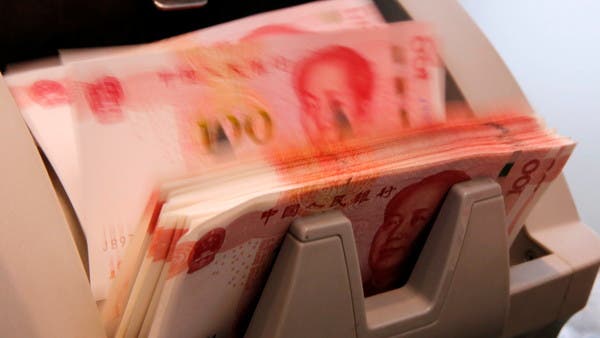[ad_1]
Economic risks began to accumulate in China in the second half of the year as growth is expected to slow as inflationary pressures intensify, hampering expectations of central bank support.
Monday’s report showed factory inflation rose again to 9% in July, with commodity prices rising, while basic consumer prices – which exclude volatile food and fuel costs – reached their highest level in 18 months.
Meanwhile, the spread of the delta variant of the coronavirus threatens growth expectations in China, as Goldman Sachs lowered its forecast for the third quarter and for the full year.
Recent developments present another complication for policymakers, who have already pledged continued financial and monetary support to the economy in the second half of the year. While some economists see inflation risks as limiting the possibilities for quantitative easing by the central bank, many see the uncertain growth environment as a greater concern, with more support likely to emerge.
“As the epidemic spreads, domestic demand in China will weaken and overall inflationary pressure will ease. Although prices are still high, they will not have much,” Cheng Chuping said, Chief China Strategist at Australia & New Zealand Banking Group Ltd. the momentum to go further, so that would not create a significant constraint on monetary policy, ”according to Bloomberg.
Chinese government bonds extended losses after the data, with the 10-year bond yield rising 4 basis points, the highest since January, to 2.85%.
However, inflation is unlikely to be a major consideration for China’s monetary policy in the near term, and the growth outlook – under pressure from the new delta epidemic – will be a greater concern that could prompt the People’s Bank of China to do more to support the economy after reducing the reserve requirement ratio in mid-July.
The surge in factory inflation was largely due to rising commodity prices, especially oil and coal. Beijing has tried to calm the surge in commodity prices by freeing stocks from the country’s strategic reserves, cracking down on hoarding and speculation, and ordering state-owned companies to limit their exposure to foreign commodity markets.
factory in china
China’s core CPI rose 1.3% in July from a year ago, indicating that domestic demand is strengthening. Food prices fell 3.7% compared to last year.
On the flip side, the latest trade data has also shown a drop in global demand, which is another headwind for China’s growth.
China’s customs administration said on Saturday that export growth slowed to 19.3% in July, falling short of expectations. Extreme weather conditions and the local outbreak of the COVID-19 virus have disrupted production and shipping in parts of China, while record shipping costs have squeezed profits for exporters.
“This puts policymakers in a bind: inflation is rising and growth is slowing,” said Zhang Chuiwei, chief economist at Pinpoint Asset Management. The worsening pandemic has further disrupted the global supply chain.
He added that China’s zero-tolerance approach to controlling the spread of the virus means closer scrutiny of the movement of goods and travelers across borders, which is likely to put more pressure on the chain. supply, according to Bloomberg.
Speculation is mounting on a further easing of policy by the Chinese central bank, after a surprise decision in July to reduce the reserve requirement ratio of banks. Senior Communist Party leadership pledged to provide more targeted support to the economy at the Politburo meeting late last month, underscoring its commitment to stabilize commodity prices and provide financial spending. more effective in the second half of the year.
Source link
